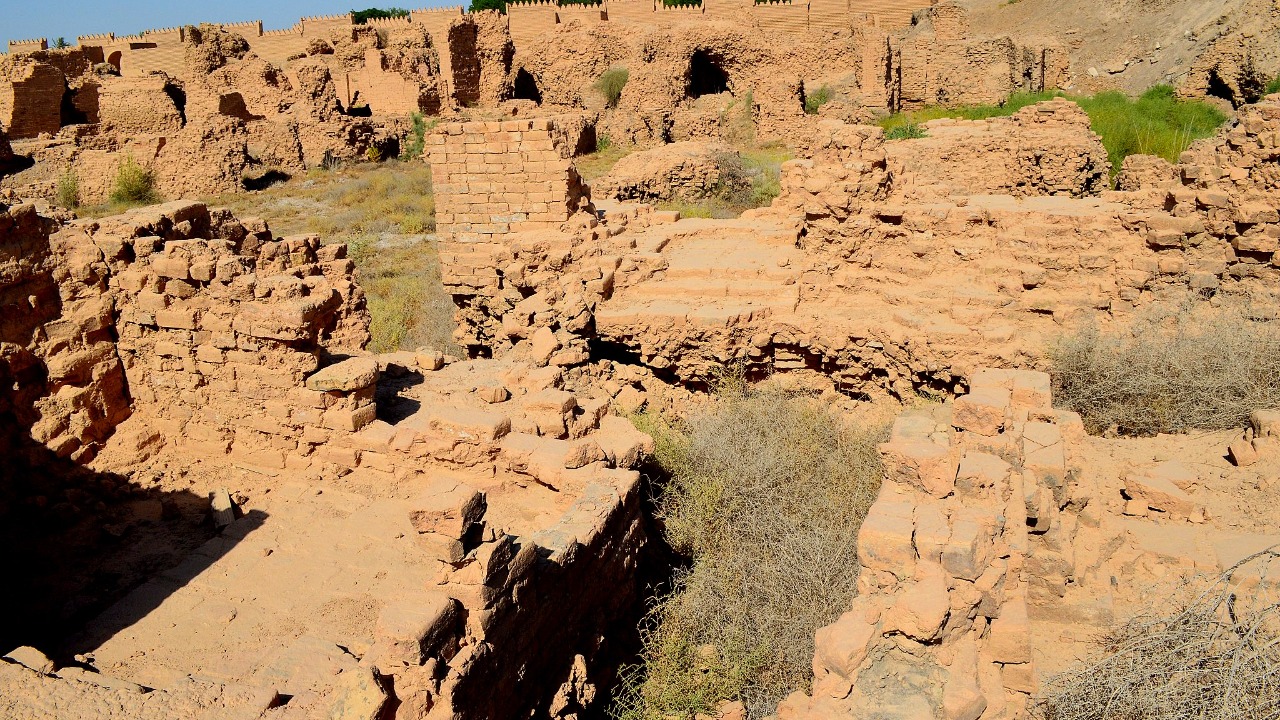
Archaeologists have unearthed intriguing evidence of a potential cult site in the Uruk era, one of the earliest urban centers in ancient Mesopotamia, dating back over 5,000 years. This discovery, alongside other recent finds such as lost cities in the Amazon and elsewhere, is reshaping our understanding of early religious organization and the development of civilizations.
The Uruk Era as a Cradle of Urbanization
The city of Uruk, emerging around 4000 BCE in southern Mesopotamia, is considered one of the world’s first urban centers. It played a pivotal role in the development of complex societies, with its intricate system of temples and administrative structures. The archaeological layers from the Uruk period reveal early monumental architecture, including the Eanna precinct, which may be connected to the newly identified cult evidence.
These early urban sites set precedents for later civilizations, establishing patterns of city formation that would be echoed throughout history. The discovery of a potential cult site within Uruk adds a new dimension to our understanding of these early urban societies, suggesting a level of religious organization that predates many existing records.
Details of the Recent Cult Site Discovery
The recent findings point to the existence of a cult site within the city of Uruk. Specific artifacts and structures unearthed, such as altars or votive offerings, suggest ritual use. The location of these discoveries within Uruk’s urban layout, particularly their proximity to major temples, indicates organized worship rather than informal practices. This suggests a level of religious organization that was integral to the city’s structure and society.
Advanced excavation methods, including ground-penetrating radar and stratigraphic analysis, were employed to confirm the site’s age and ceremonial purpose. These techniques allowed archaeologists to accurately date the site to the Uruk era and identify its likely use as a place of worship.
Interpreting Evidence of Early Religious Practices
Analysis of symbols or iconography from the site, such as cylinder seals depicting deities, indicates a structured cult focused on fertility or divine kingship. This evidence, dating to the late Uruk phase around 3100 BCE, aligns with known Sumerian religious motifs, providing further confirmation of the site’s religious purpose.
Expert interpretations suggest that the cult involved communal rituals, which could have influenced social hierarchy in one of the earliest cities. This adds a new layer to our understanding of early urban societies, suggesting that religious practices were not only present but played a significant role in shaping these communities.
Connections to Other Ancient Lost Cities
The discovery of the Uruk cult site parallels other recent archaeological findings, such as the discovery of lost cities that mysteriously ‘disappeared’. These cities, like Uruk, altered the histories of civilizations through sudden abandonments possibly linked to ritual shifts. The huge ancient lost city found in the Amazon provides another example of how environmental factors might parallel the Uruk cult site’s preservation and rediscovery.
These discoveries collectively challenge timelines of urban development across continents, suggesting that complex societies may have developed earlier than previously thought. They also highlight the importance of religious practices in these early societies, a theme echoed in the Uruk cult site discovery.
Implications for Understanding Early Cults and Society
The evidence from the Uruk cult site implies that formalized religion predates written records and played a stabilizing role in early urban populations. This has significant implications for our understanding of early civilizations, suggesting that religious practices were not only present but played a central role in shaping these societies.
Consideration of the socioeconomic impacts of these findings reveals that resource allocation for cult activities may have driven innovations in one of the world’s first cities. Future research directions, including DNA analysis of remains to trace cult participants’ origins, could provide further insights into the role of religion in early urban societies.
Broader Archaeological Trends in Mythical and Historical Sites
These discoveries are part of a broader trend in archaeology, with recent finds blending myth with tangible cult evidence. For example, archaeologists may have found Odysseus’ sanctuary on Ithaca, linking the legendary hero of the Odyssey with a real-world site.
Methodological advancements, like LiDAR scanning used in Amazon finds, could apply to further Uruk excavations, potentially revealing more about the city’s religious practices. These revelations underscore a renaissance in uncovering hidden religious dimensions of ancient urban origins, reshaping our understanding of early civilizations.
More from MorningOverview